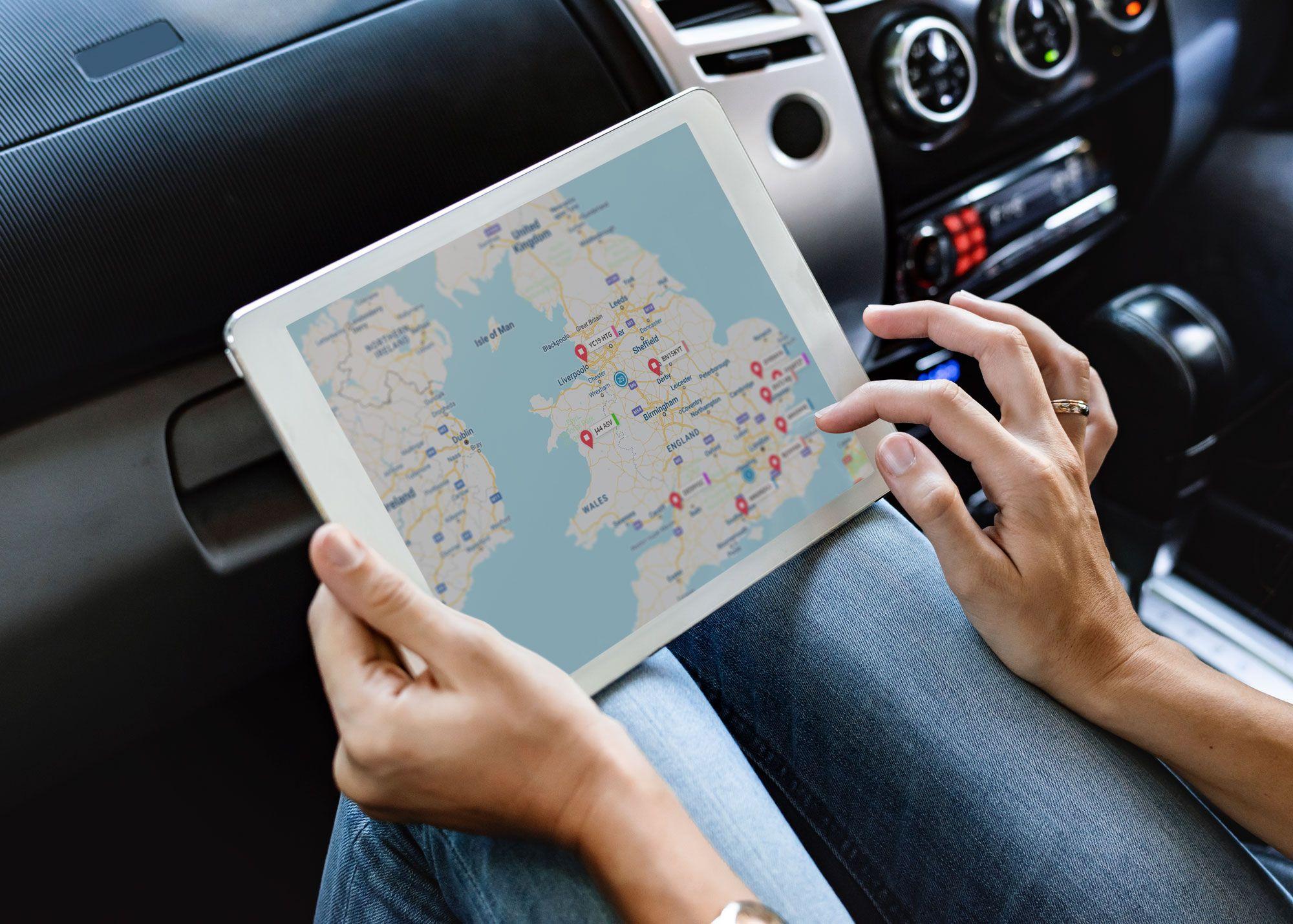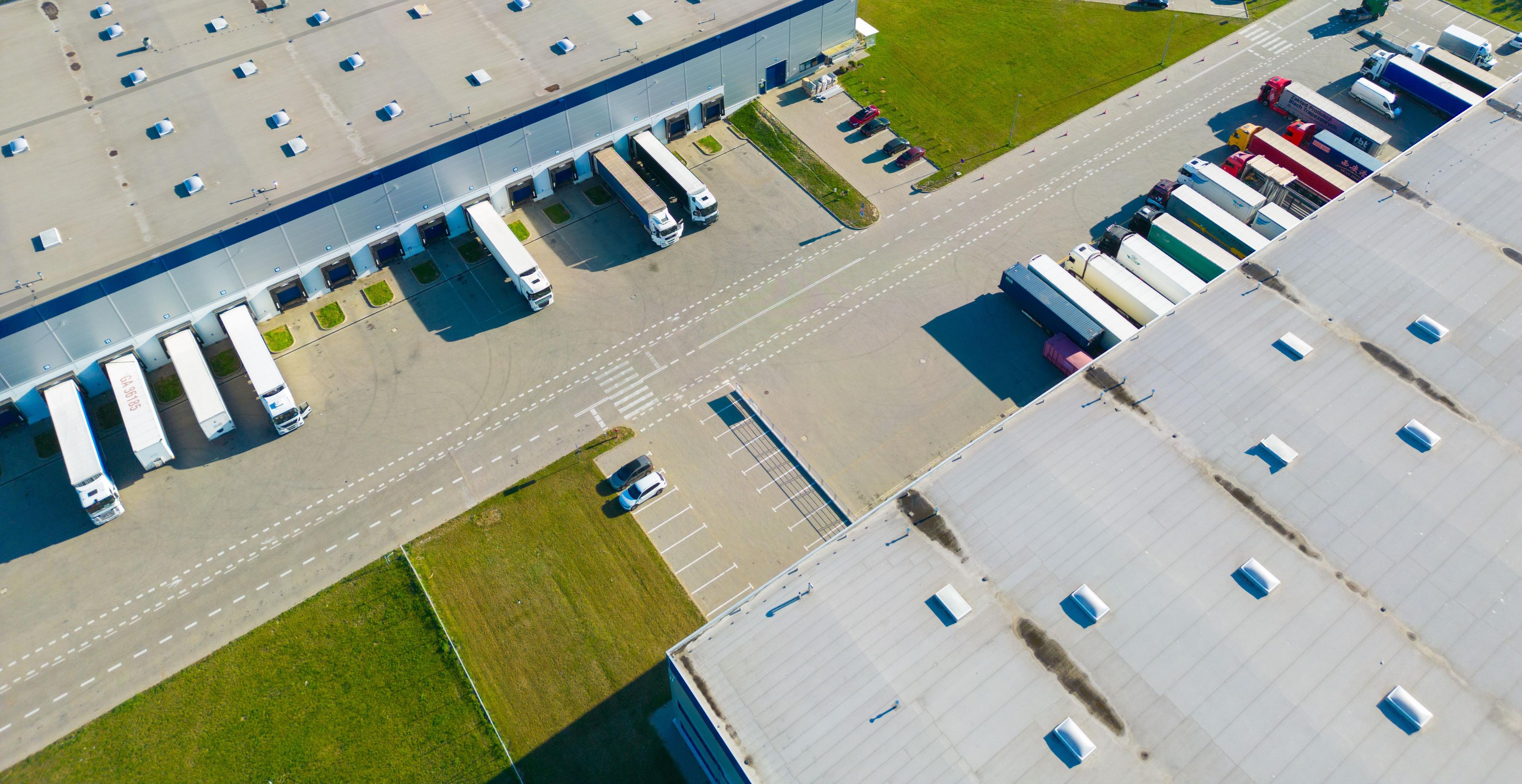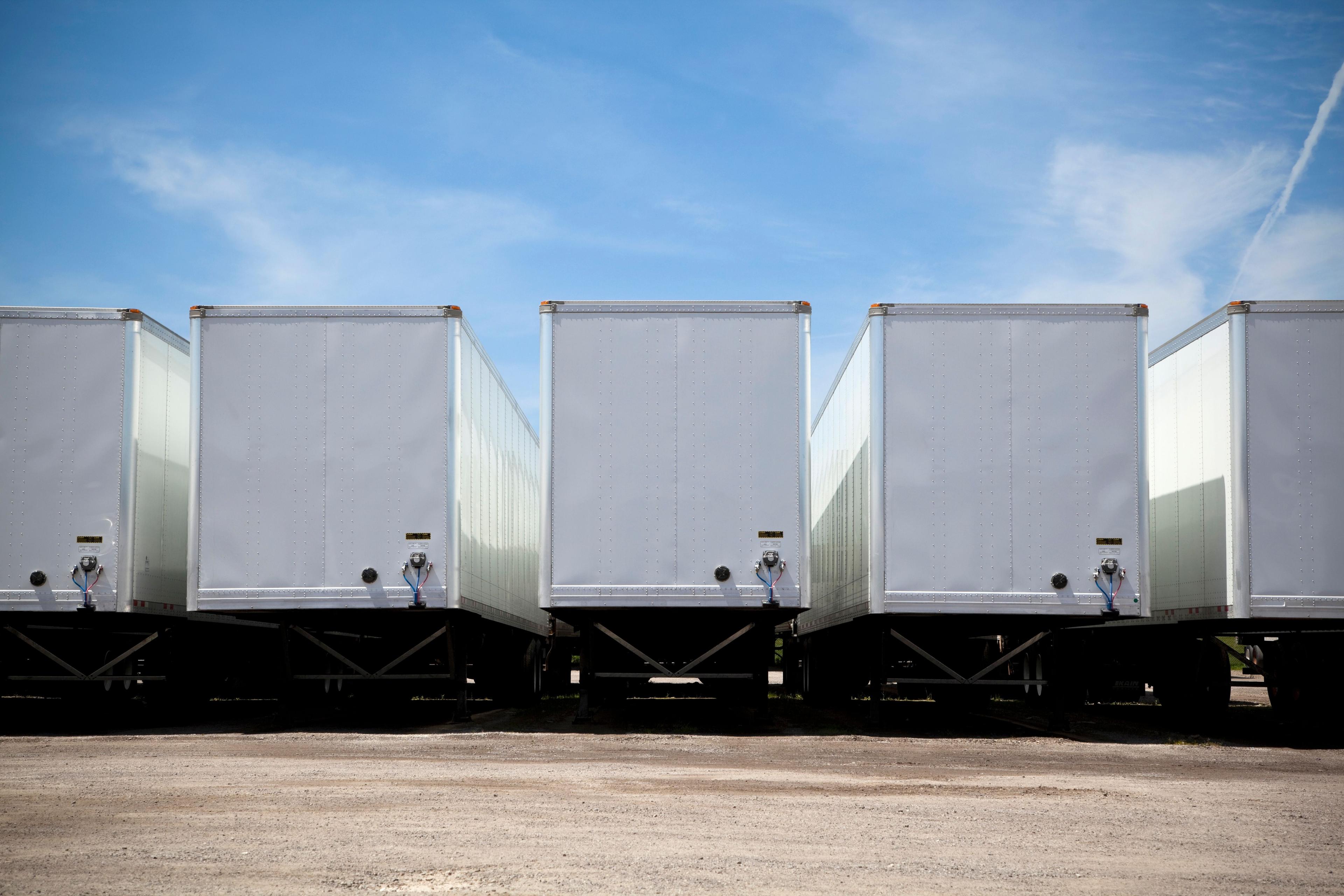- Home
- What is telematics?
- Telematics pricing
Telematics pricing: Understanding the factors impacting cost
When considering a telematics solution for your business, whether for complex fleet management or simple GPS vehicle tracking, one important aspect to consider is the cost. We explain how much telematics costs in real terms and what factors influence the pricing structure.

Cost of telematics
On this page, we will delve into these questions to help businesses make informed decisions regarding telematics pricing.
A telematics pricing model for commercial use typically follows a subscription-based model, where customers pay a recurring fee to access the service. The pricing structure consists of a base fee per vehicle or machine, along with additional charges for specific features or functionalities.

Our telematics pricing
At Radius, our focus is to help fleet operators efficiently manage their operations through a comprehensive range of solutions, covering vehicle tracking, asset tracking, and vehicle cameras.
When it comes to pricing, vehicle tracking - based on a simple GPS tracking device and self-installation - is available between £7.50 - £11.50 per month, depending on fleet size and contract length.
In a similar way, asset tracking is available between £7.50 - £10.50 per month, and vehicle cameras (forward-facing only) are available between £14.00 - £19.00 per month.
Final pricing for any customer is looked at on a case by case basis, taking into account fleet size and type, contract length, available offers, etc. Likewise, for customers buying two or even all three of our vehicle tracking, asset tracking and vehicle camera products, different pricing is available.
There are a range of factors that impact price across the telematics industry, such as fleet size, the number of products being purchased together, requirements for specific features, type of device, contract length and more. Other costs come into play depending on factors such as installation method, and whether self-install has been opted for or if professional installation is required.
Ultimately, if you'd like a confirmed price for telematics from Radius, please speak to our team to discuss your requirements.

How fleet size impacts telematics pricing
Several factors come into play when determining the cost of telematics.
The number of fleet vehicles covered is a key factor that directly affects the overall price of telematics. Generally, larger fleets tend to have higher overall costs, although the price per vehicle or asset is usually lower. This is because of economies of scale, where telematics solutions providers offer a better price per vehicle for larger fleet sizes.
As a result, businesses with larger fleets can benefit from reduced per-unit costs when implementing a telematics solution.

Features that can influence the cost of telematics solutions
The features and capabilities you need for your fleet also influence telematics pricing. Advanced functionalities such as real-time vehicle tracking, driver behaviour monitoring, and vehicle diagnostics may result in higher costs. These enhanced features provide businesses with valuable insights and greater control over their operations, but will increase the overall price.
Customer support and telematics data analysis are also important considerations when it comes to pricing. Some providers offer comprehensive support and in-depth analysis of telematics data, which can be invaluable for businesses aiming to optimise their fleet management strategies. However, these additional services may impact the overall cost of the telematics solution.

Telematics applications and cost differences
There are a wide range of applications for telematics, across many industries and use cases.
Whilst this page focuses on fleet telematics, the technology is also widely used for telematics insurance policies, where telematics is used to monitor driving behaviour, and rewards good driving habits. In this scenario, the insurance company will typically include the cost of the telematics device in the insurance premium, with the insurer reducing risk but encouraging and rewarding safe driving practices.
This type of approach is most typically seen for car insurance and aimed at younger drivers, although telematics auto insurance policies are available to a wider demographic as well.
Beyond telematics insurance, fleet telematics is in place extensively in the off-highway world. A telematics solution offers fleet managers many benefits for businesses running fleets of construction, agricultural and plant machinery.
Such telematics systems may simply offer GPS tracking, or provide full fleet management, with the factors we have mentioned above impacting telematics pricing in the same way.

Are additional telematics products included in the overall cost?
Another factor that comes into play is the integration of related products.
A telematics solution may only include vehicle tracking - mostly typically associated with telematics. But a full telematics system can also include other products such as dash cams, asset tracking or other services such as fuel cards.
By purchasing multiple products from a single telematics provider such as Radius, businesses can often benefit from cost savings. An integrated solution from a single telematics provider not only streamlines fleet management but also reduces the total cost of ownership.

How contracts impact telematics pricing
The duration of a contract is another aspect that should be considered in telematics pricing plans. Longer-term commitments often result in more competitive rates.
Businesses that are committed to utilising fleet telematics for an extended period can take advantage of lower pricing structures, ultimately saving them money in the long run.

Fleet make-up and vehicle type
The type of vehicles being tracked can affect pricing. Trucks, vans, and cars may have varying hardware and software requirements, which can influence the cost of your telematics solution.
Industries and geographic locations can also impact pricing. Factors such as regional market conditions, regulatory differences, and specific industry demands may contribute to variations in telematics costs.

Methods of installation of telematics devices
For vehicle telematics, a vehicle tracking device will be needed to gather data. This GPS tracking device can either be self-installed, or installed professionally by an engineer.
Self-installation is often favoured by the telematics provider, and indeed by customers, as this allows the tracking device to be installed without an engineer, at a time that suits the customer. The vehicle tracking provider will most likely offer a tracking device powered by the vehicle battery, or one that plugs into fleet vehicles via the ODB port, that is ideal for self-installation.
Additionally, self-installation is rewarded with a lower price, given there is no cost involved in using an external engineer, but tends to involve simple applications requiring a GPS tracker only.
On the other hand, professional installation is available, and is typically used on larger fleets with more complex requirements. This has the benefit of ensuring a successful installation, but will mean an additional cost.

The importance of considering ROI
When evaluating the pricing of telematics or vehicle tracking solutions, it is essential to consider the return on investment (ROI) they can provide. While the cost is a significant factor, it should always be weighed against the potential benefits a telematics solution can deliver to your business.
Telematics systems offer a wide range of features and functionalities that can positively impact fleet management, driving behaviour, and overall operational efficiency, which can in turn reduce fuel cost for the business by improving fuel consumption. By analysing telematics data collected through the use of a telematics device, companies can gain valuable insights into driving habits, fuel consumption, vehicle diagnostics, and more. These fleet telematics insights can lead to significant cost savings, better driver safety and improved productivity.
One of the key benefits of implementing a telematics solution is the ability to monitor and improve driver behaviour. By tracking driving habits such as speed, harsh braking, and acceleration, telematics systems enable you to identify and address risky driving habits. This can result in reduced accidents, a lower premium from your insurance company, and decreased vehicle maintenance costs.

Maximise fleet efficiency and ROI with Radius
Telematics helps optimise route planning, cutting wasted mileage, and reducing idle time. This improves fuel efficiency and asset utilisation, leading to significant fuel cost savings and operational benefits.
Another area where fleet telematics provides tangible benefits is in the realm of fleet management.
Using a vehicle tracking system to monitor vehicles enables you to optimise routes, allocate resources more effectively, and improve overall fleet productivity. With the ability to remotely monitor vehicle location through fleet tracking, fleet managers can promptly respond to breakdowns, reroute vehicles in case of unexpected traffic or road conditions, and improve customer satisfaction through better delivery times.

Long-term advantages and ROI of telematics
Improvements in fleet management can lead to higher operational efficiency, streamlined processes, and ultimately, increased profitability.
While the initial cost of implementing a telematics solution may seem like a substantial investment, it's important to consider the long-term advantages and potential ROI.
Companies that integrate telematics into their operation often experience significant cost savings, such as reduced insurance premiums and insurance cost, improved safety records, and boosted productivity.
When evaluating the pricing of a telematics solution, it is crucial to conduct a comprehensive cost-benefit analysis to ensure that the potential benefits outweigh the upfront expenses. By taking into account the positive impact on driver behaviour, fuel consumption, maintenance costs, fleet management, and overall efficiency, businesses can make an informed decision that will ultimately contribute to their bottom line, and implement an effective and lasting telematics policy within their businesses.

Understanding the cost of telematics
In conclusion, when considering telematics pricing, businesses must take into account various factors. The number of fleet vehicles, desired features and capabilities, customer support, integration of related products, contract duration, vehicle types, industry, and geographic location all play a role in determining the final cost.
By thoroughly understanding these factors, and comparing them to return-on-investment, businesses can make informed decisions and choose a telematics solution that aligns with their fleet management needs and budget.

Why choose Radius?
With innovative solutions built around the needs of our customers, we've established an international reputation for helping businesses grow sustainably.
Expertise
Our team has over 33 years of experience helping more than 400,000 customers globally.
Trust
We are an internationally-acclaimed provider with numerous awards for our products and services.
Choice
Choose from our range of fleet, mobility and connectivity solutions that can be tailored to suit your needs.
Solutions
Use our award-winning technology and services to save your business time and money.



Can’t find what you are looking for?
The customer support team at Radius has a global reach with over 50 offices to offer local contact with an international presence. Let us know how we can help.
Contact us

Radius Telematics Limited is authorised and regulated by the Financial Conduct Authority under reference number 976344.